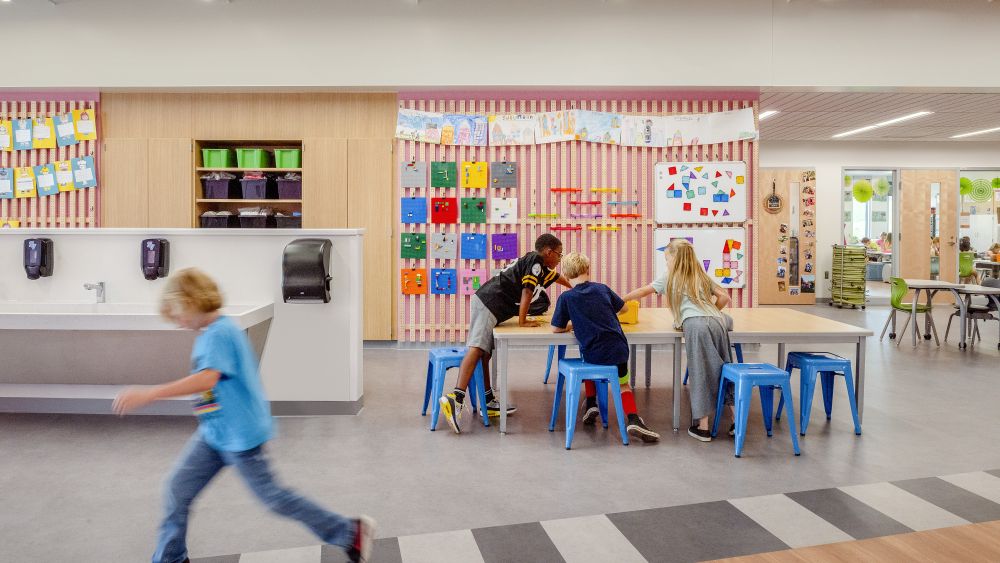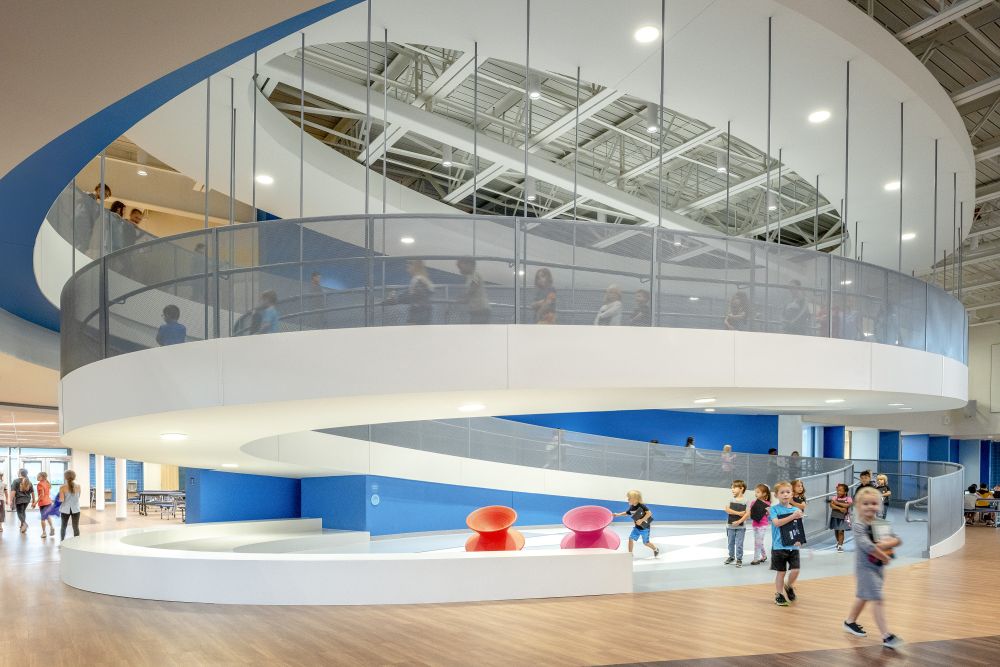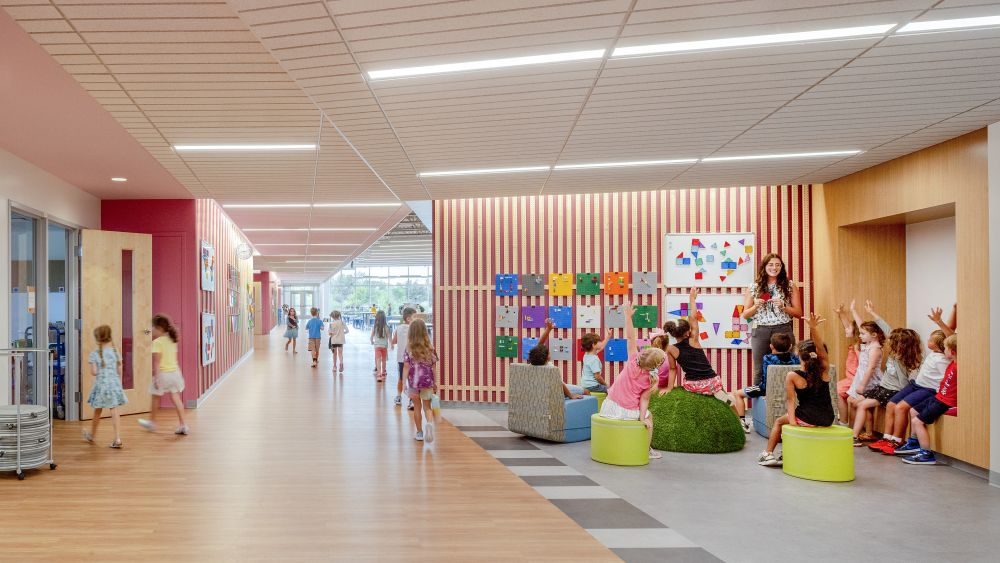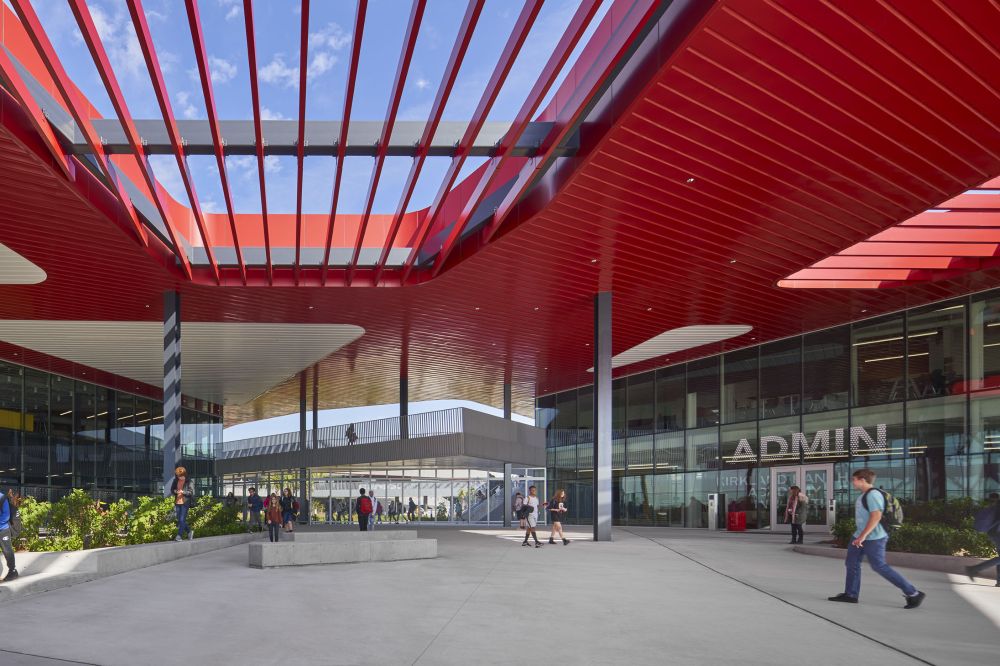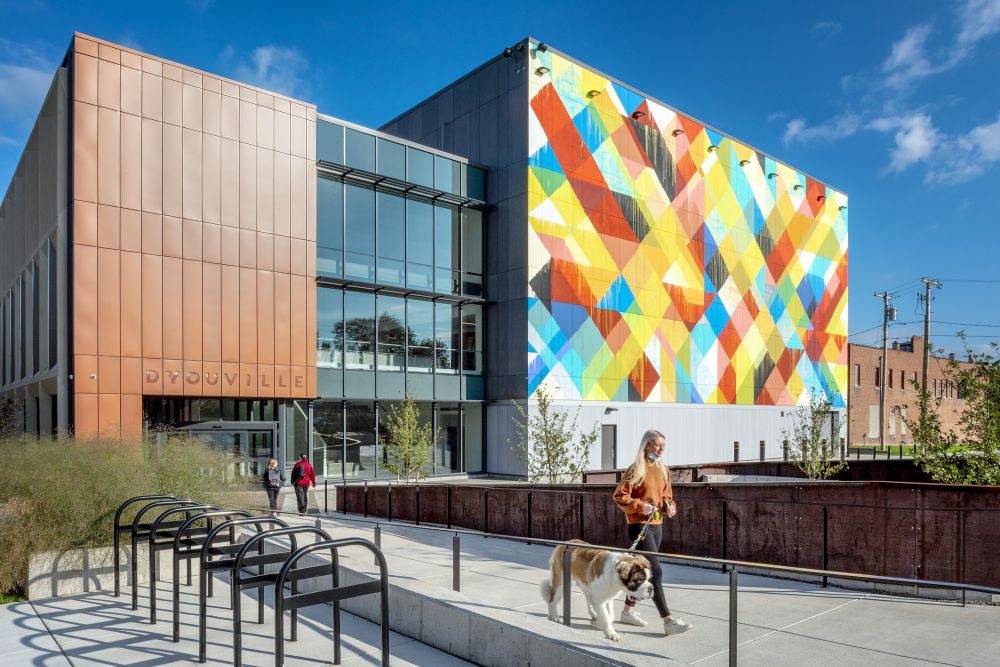Architectural Record publishes Seneca Valley's innovative elementary school
August 29, 2023
Social Sharing
We are proud to share Architectural Record has published Seneca Valley's Ehrman Crest Elementary and Middle School as part of a four-part feature on innovative PK-12 school design. The article is titled, A School Where Every Day is Like a Field Trip to the Museum.
As the article makes clear, our team with the Children's Museum of Pittsburgh, set out to conceive a new kind of learning environment that eschews double-loaded corridors and other hallmarks of traditional school design in favor of something more fluid, less formal, and markedly more fun: a school that incorporates the greatest attributes of a children's museum.
Testimonials
Architectural Record highlights numerous aspects of Ehrman Crest that differentiate it from traditional school design, including:
- Porous learning spaces that emphasize hands-on, collaborative learning, and like a museum, give students freedom to explore.
- A series of large-scale magnetic maps—world, regional, and of the Ehrman Crest campus itself—serve as ever-evolving exhibits where students can track data and share discoveries about the world outside of the school walls.
- Elementary and middle school classrooms conceived as flexible "learning spaces" with adjacent open collaborative spaces.
- The school's walls are activated as pegboards where students can curate and explore both analog and digital work overtime.
Testimonials
This media coverage builds on significant momentum for Ehrman Crest. The project has previously been recognized as a TIME Invention of the Year and covered by Fast Company and Smithsonian magazine among others.
